Tattoos are an integral part of self-expression and have been used for centuries to represent various symbols and ideas. With their increasing acceptance in popular culture, many people look forward to permanently marking a milestone in their life or sharing personal artwork with the world through tattooing. But what happens when tattoos no longer fit into your lifestyle? Depending on where you get the tattoo removed, it may be possible for you to cover up that scar tissue with a new piece of art! In this blog post, we will explore the possibility of retouching removed tattoos by understanding the intricacies behind how different kinds of removal techniques can affect if—and how—you can successfully go over them.
Can You Tattoo Over Removed Tattoos?
The short answer is yes, you can cover up a removed tattoo with a new tattoo. However, there are certain factors to consider before getting any new ink.
First and foremost, the area of skin where your old tattoo was located will need to be in optimal condition for a successful re-tattoo process. This means that if you had any scarring left behind from the removal procedure, it must be fully healed before attempting to tattoo over it. If the area still has scabs or other signs of irritation, it’s best to wait until everything has completely healed before going ahead with the re-tattoo process.
Another important factor to consider when deciding whether or not to re-tattoo over a removed tattoo is the type of removal procedure used. Laser tattoo removal and surgical excision are both viable methods for removing tattoos, but there may be some differences in how the area heals between the two. Laser treatments generally cause less scarring than surgical excision, so you may need to wait longer after laser treatment before attempting to re-tattoo the area if it has not healed fully. [1]
All in all, it is possible to re-tattoo an area where a previous one has been removed. However, it’s important that the skin is fully healed before doing so and that any remaining traces of the old tattoo can be successfully covered up with your new design. If done properly and with care, you can end up with a beautiful piece of artwork on top of what used to be a spot for your former ink.
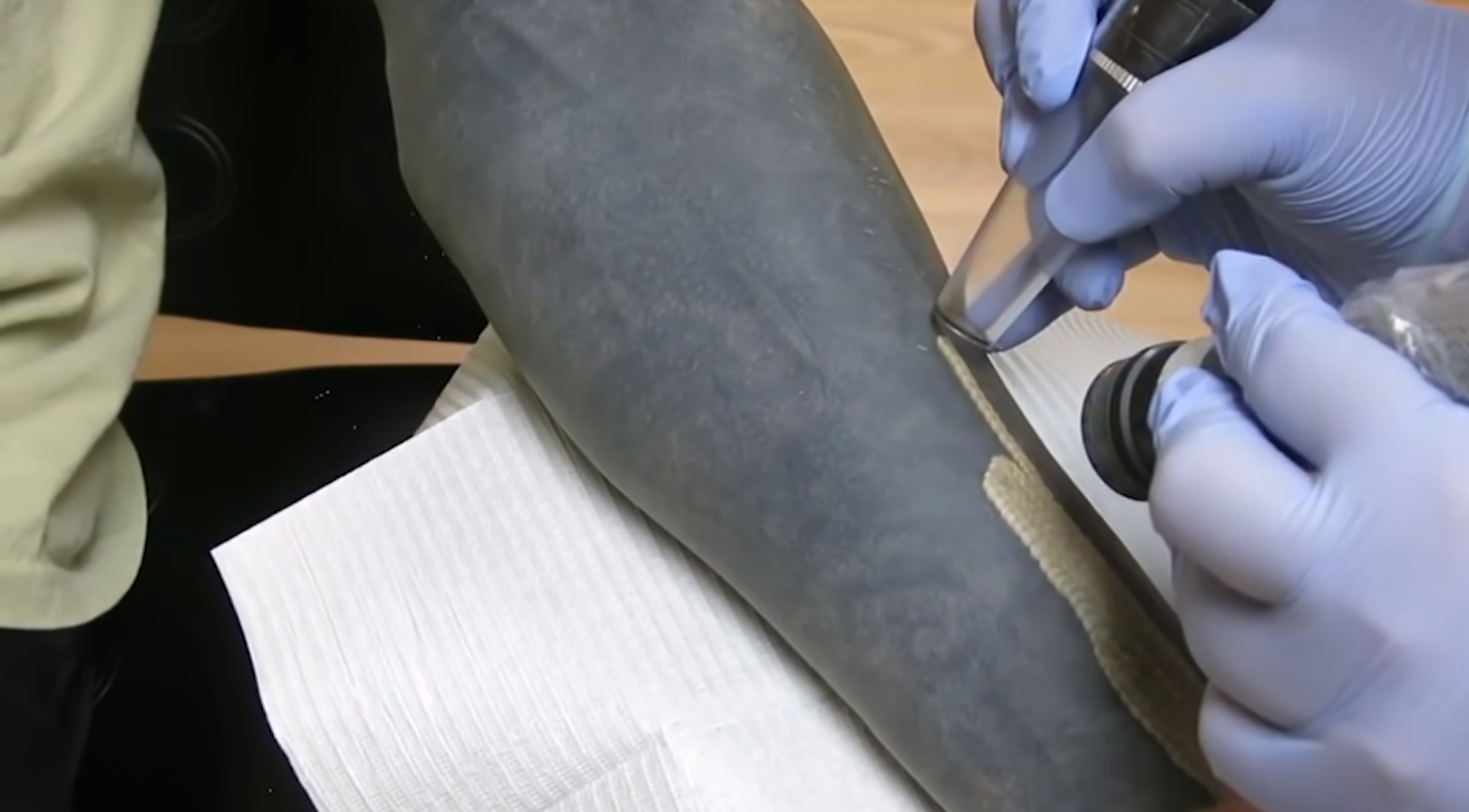
What is a Laser Tattoo Removal?
Laser tattoo removal is a cosmetic procedure that uses laser energy to break down the ink particles in tattoos, allowing them to be absorbed by the body and eventually fade away. Laser treatments can also help reduce the appearance of scarring. The process involves targeting certain wavelengths of light with specific pulses of energy onto the ink particles, causing them to break apart into smaller pieces which are then flushed out of the body.
After completing laser tattoo removal treatments, many people wonder if they can go back and get a new tattoo in the same area. The answer is yes, although it’s important to wait until the area has completely healed from the laser treatments before getting a new tattoo. This can take several weeks or months depending on how deep the pigmentation was originally placed into your skin. It’s also recommended that you speak with your doctor about any potential risks associated with tattooing over an already treated area of skin, as this could potentially increase the risk of infection or scarring.
Does It Work?
The answer to this question is that it depends. The success of tattooing over a removed tattoo will depend on several factors, including the type of removal technique used, the skill level of the artist doing the new work, and how much scarring was left behind. [2]
If you have undergone laser removal or dermabrasion, which are both popular techniques for removing tattoos, then there is a good chance that your existing skin may be able to accept ink again. In these cases, it’s best to wait at least 6 months before attempting to get a new tattoo in order to ensure that the area has fully healed.
It’s important to note that if you choose to try and cover an existing removed tattoo with a new one, you should always visit an experienced artist who is familiar with covering up tattoos. They will be able to determine whether your skin will accept ink once again and advise on any potential risks or complications associated with getting a cover-up in your case. Ultimately, it’s best to consult with a professional before deciding to go ahead with a cover-up to ensure the best possible result.
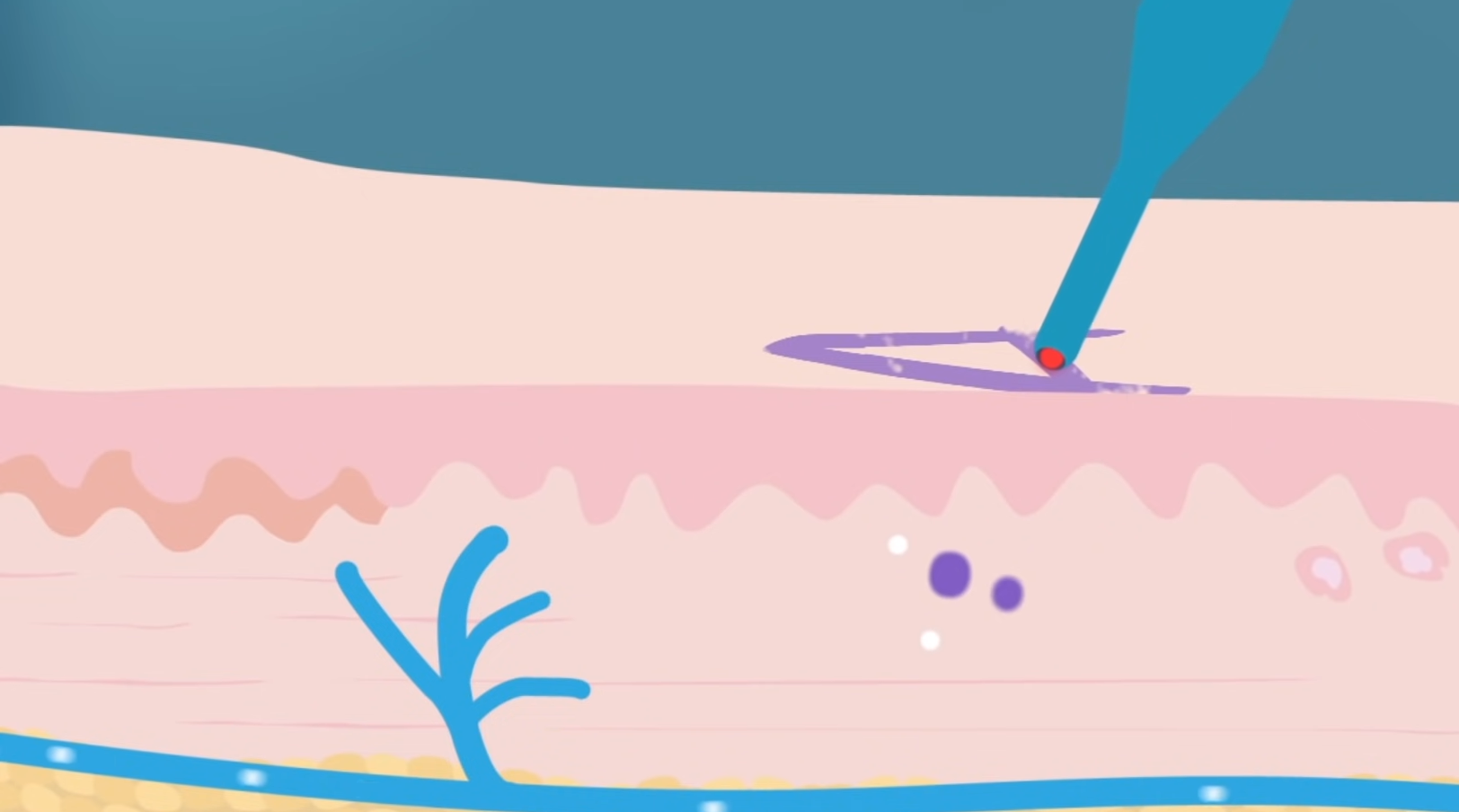
Is It Safe?
The answer to this question is not a simple yes or no. Whether it is safe to tattoo over removed tattoos depends on several factors, including the type of removal method used, the size and location of the original tattoo, and the experience level of the artist.
For instance, if you had your old tattoo removed using laser resurfacing techniques then it may be safer to wait until your skin has fully healed before getting a new tattoo. This will give your skin enough time to regenerate any damaged tissue from laser treatments and prevent further damage caused by needle trauma during a second tattoo session. However, if you have your old tattoo covered up with another one done right away, make sure that you are working with an experienced artist who understands how to properly cover a tattoo, and that they are using the correct tools.
Tattooing over removed tattoos can be done safely with the right knowledge and techniques but it’s important to do your research and find an experienced artist who understands how to properly execute a cover-up. Doing so will ensure that your new tattoo looks just as good as when it was originally done. [3]
Are There Any Side Effects?
The answer to whether you can tattoo over removed tattoos is a definite yes. However, there are some potential side effects that should be taken into consideration before undergoing the process. These include scarring, infection, and skin discoloration. Removing a tattoo can cause trauma to the skin which might lead to scarring or keloids if the skin is not allowed enough time to properly heal first. It’s also important to ensure proper hygiene and sterile conditions when having your new tattoo applied – as with any other form of body modification.
Lastly, it’s possible that an infection could develop at the site of the new tattoo. Infections can be caused by bacteria, fungi, or viruses and can often result in redness, swelling and pain. To reduce your risk of infection, make sure to only work with a licensed artist who follows proper safety precautions.
In conclusion, it is possible to tattoo over removed tattoos. However, before getting a new tattoo you should consider any potential side effects that may occur and take measures to prevent them. Always use caution when having any form of body modification done! [4]
How Many Treatments Are Required for Complete Removal?
The number of treatments required for complete tattoo removal will vary depending on factors such as the size, color, age, and location of the tattoo. On average, a minimum of four to six treatments are necessary for successful tattoo removal. It is important to remember that each patient may require more or fewer treatments depending on their unique situation. Additionally, some tattoos may be harder to remove than others due to pigment densities or other factors. In general, lighter colored tattoos tend to respond better and faster than darker colors when it comes to laser removal treatments. To ensure the best possible results in the least amount of time, you should work with an experienced professional who can determine your individual needs and recommend a tailored treatment plan.
For those looking for an effective way to remove unwanted tattoos safely and effectively, laser removal treatments are a great option. With proper care and dedication to treatment plans, complete removal of even large tattoos can be achieved in just a few sessions. However, it’s important to work with an experienced professional who can guide you through the process and provide expert advice, to ensure that your results are successful.
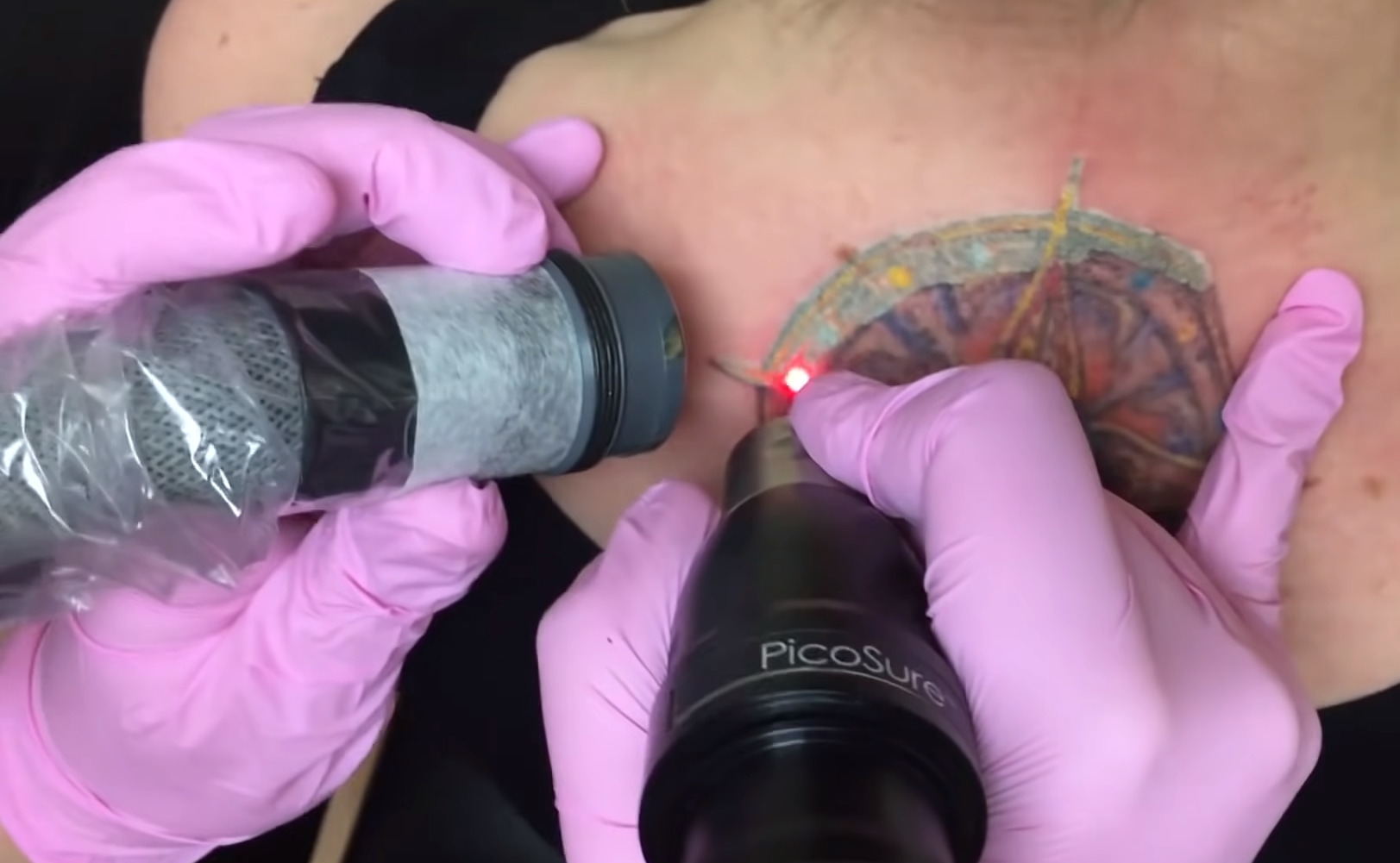
Can You Tattoo Over Removed Tattoos?
The answer to this question depends on the type of removal method used. Generally, it is not recommended to tattoo over a removed tattoo if the removal method was laser or other intense light treatments such as IPL (intense pulsed light). These methods can cause long-term damage and scarring to the skin, making it difficult for a new tattoo artist to create a clean design. Dermatologists also caution against getting tattoos over these areas due to an increased risk of infection.
However, if you had your original tattoo removed with more traditional methods such as excision or acid peels, then it may be possible for you to get another tattoo placed in that same spot. In some cases, the area may even heal better after the removal process due to the increase in collagen production. Before getting a new tattoo, it’s important to consult with a qualified medical professional for guidance and advice. [5]
If you decide to go ahead with getting a new tattoo over an area where an old one was removed, always make sure you choose a reputable and experienced tattoo artist who is aware of the risks associated with doing so. They should be able to advise on the best methods and techniques to minimize any potential complications. Additionally, keep in mind that tattoos take longer than usual to heal over previously removed areas, so plan accordingly when scheduling your appointment.
What Factors Should You Consider Before Getting a New Tattoo After Removal of the Old One?
If you have decided to get a new tattoo after having another removed, there are some factors that you should consider before getting your new ink. First of all, it is important to make sure that the entire old tattoo has been completely removed and healed. If any residual ink or scarring remains from the previous tattoo, these can affect how the new tattoo looks.
Therefore, it’s best to discuss these issues with your artist beforehand to ensure they take them into consideration when designing your new tattoo. Additionally, if you’re getting the same design as your old ink, make sure to bring a reference of your original design to your artist so they can accurately replicate it for you.
Finally, depending on where the old tattoo was located and how much skin stretched or shrunk due to aging, weight gain or loss, or other factors, there might be some areas that are harder to penetrate with ink than before – especially in sensitive areas such as around the eyes. To ensure that your new tattoo looks its best, talk to your artist beforehand about any possible challenges they may encounter during the inking process.
By taking into consideration these factors before getting a new tattoo after having an old one removed, you can ensure that your new ink looks its best and lasts for years to come. [6]
Alternatives to Traditional Laser Treatment for Removing Tattoos
A. Salabrasion
This method involves using a high-pressure saltwater solution and an abrasive tool like a scalpel or dermabrasion machine to sand away the tattoo. This is not as effective as laser removal but does have fewer risks of scarring and pain than laser treatments.
B. Non-laser Treatments
Non-laser treatments, such as topical creams and cryosurgery (freezing) are becoming increasingly popular for removing tattoos due to their low cost and minimal side effects. However, these methods tend to be less effective than laser removal with slower results.
C. Tattoo Removal Creams
There are many over-the-counter products available that promise to fade or remove tattoos without lasers. However, these products are largely untested and it’s unclear how effective they may be. They may also cause skin irritation or burns if not used properly.
D. Tattoo Cover-Ups
If you’re looking for a quicker solution than laser removal, tattoo cover-ups can help conceal the tattoo with another design or artwork. This is often less painful and time consuming than laser treatments but may require multiple sessions to achieve the desired effect.
Once a tattoo has been removed, one question that many people have is whether or not they can get a new tattoo over the old one. Generally speaking, yes, it is possible to get a new tattoo over an old one but there are some important considerations to keep in mind before doing so.
First and foremost, you need to make sure that the area has fully healed from the laser removal procedure. If there is still any redness or inflammation in the area, it’s best to wait until it has completely subsided before getting a new tattoo. Additionally, it’s important to ensure that any scabbing or scarring from the removal process has also healed as these can affect how well the new tattoo will take. Finally, it is always advisable to consult with a knowledgeable and experienced tattoo artist to discuss your options prior to getting a new tattoo over an old one.
FAQ
Is it better to cover or remove a tattoo?
This largely depends on the individual’s preference and the type of tattoo they have. Some people may opt to cover their tattoos with a new design if it is easier or faster than removal, while others may find that complete removal is more fitting for their needs. It is important to speak with a professional who can provide advice about which option would be better suited for each individual case.
Can you tattoo over removed tattoos?
Yes, it is possible to put a tattoo over an area where an old one was removed. However, this should only be done after consulting with a qualified artist and dermatologist in order to ensure that any scarring from the original tattoo has properly healed before beginning work on the new design. Depending on the size and complexity of the new tattoo, it may be necessary to use different techniques and pigments in order to cover any remaining traces of the original. It is important to follow all safety guidelines when getting a tattoo over an area where one was removed in order to minimize the risk of infection or other complications.
Are there any risks involved with getting a tattoo over a removed one?
Yes, there are potential risks involved with getting a tattoo over an area where one was previously removed. These include scarring from the original removal process, poor quality ink, infection due to improper care, and allergic reactions to the pigment used for the new design. Additionally, if proper precautions are not taken during healing such as keeping the area clean and dry, this can also lead to complications. It is important to speak with a professional about any potential risks prior to getting a tattoo over an area where one was removed.
Is there anything that should be avoided when getting a tattoo over a removed one?
Yes, it is generally advisable to avoid using colors that are too dark or vivid when getting a tattoo over an area where one was previously removed. This is because the skin in this area may have been damaged by the removal process and may not be able to absorb pigment as well as healthy skin. Additionally, using too much ink or attempting more intricate designs could make it difficult for the artist to conceal any scarring from the original design. It is best to discuss all of these details with your artist before beginning the tattooing process.
Does anyone regret tattoo removal?
Sure, it happens. But luckily, there are options for the removal of tattoos that don’t involve a permanent commitment to erasing the artwork. One option is to tattoo over removed tattoos with new artwork. This can be done in an effort to preserve some of the artwork from the original tattoo and create something completely unique.
How long after tattoo removal can I cover up?
Generally, it is recommended to wait at least six months after tattoo removal before covering up the area with a new tattoo. This will allow for the area to heal properly and give you time to decide what kind of design you want for your cover-up.
Useful Video: Watch This Man Have His Face Tattoo Removed From Laser Surgery | Business Insider
Conclusion
In conclusion, it is possible to tattoo over a removed tattoo. This decision should be discussed with an experienced and reputable artist, as the success of the new tattoo over the removed area depends on several factors such as age of scarring, skin type, ink color, and design choice. A professional artist can help you decide if you are a good candidate for a cover-up tattoo before you proceed. Ultimately, it is important to remember that there are no guarantees when it comes to tattoos – whether they are covering up an old one or not. However, with expert guidance from a qualified artist and proper aftercare of your new piece of art, you can enjoy your new look safely and confidently.
References:
- https://www.sknclinics.co.uk/blog/getting-a-new-tattoo-after-having-one-removed-what-you-need-to-know
- https://removery.com/blog/can-you-tattoo-over-a-removed-tattoo/
- https://certifiedtattoo.com/blog/pros-and-cons-of-tattooing-over-a-removed-tattoo
- https://www.andreacatton.co.uk/2014/04/can-you-get-a-tattoo-after-tattoo-removal/
- https://inkdoubtdenver.com/tattoo-replacement-after-laser-tattoo-removal/
- https://www.advancedlaser.ca/blog/can-you-get-a-cover-up-tattoo-after-laser-tattoo-removal/


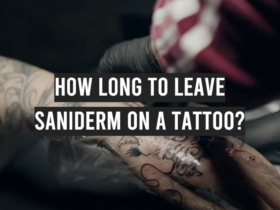
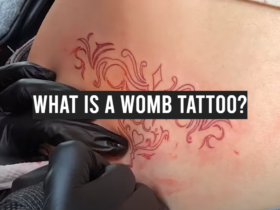

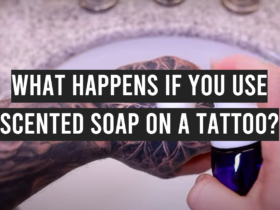
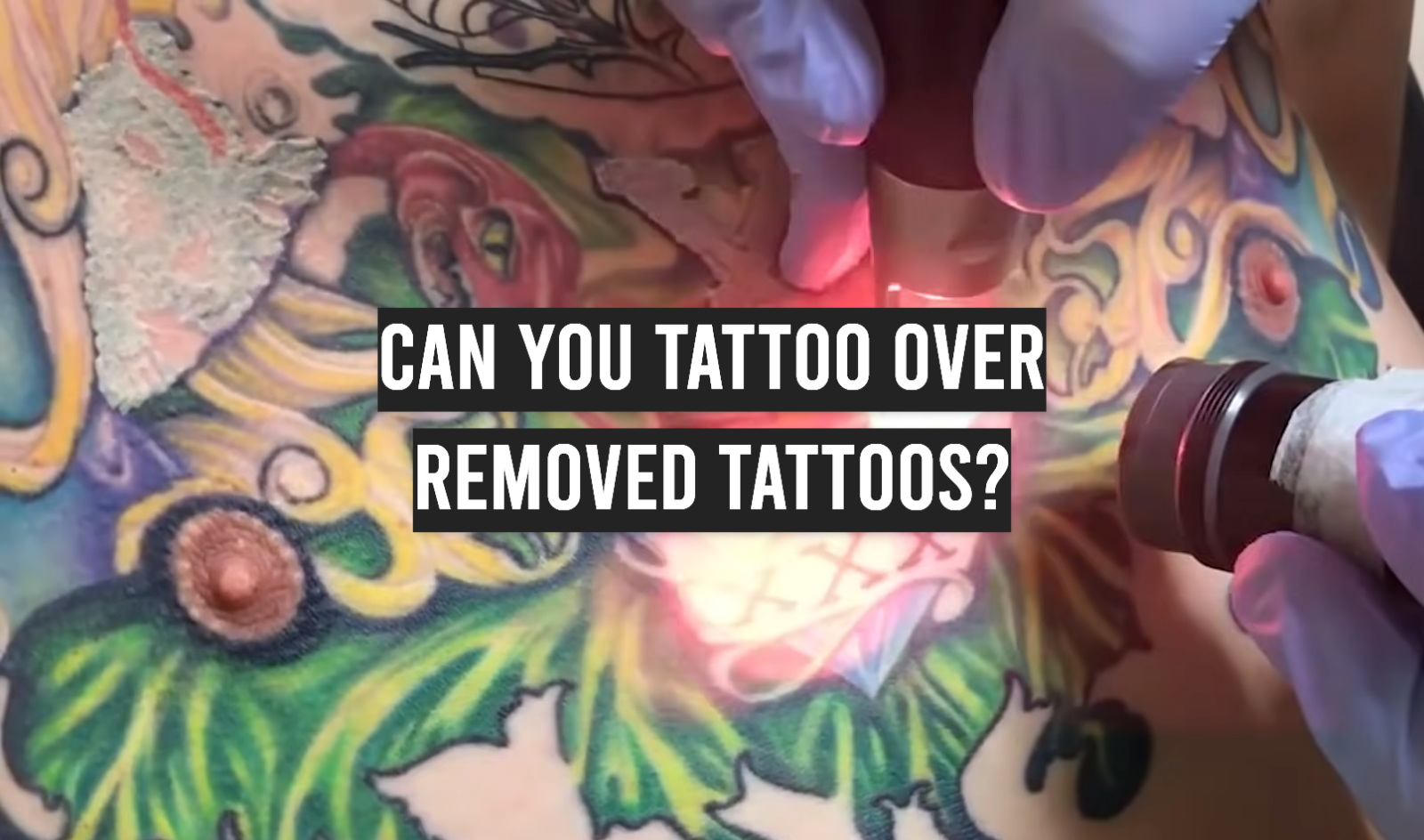
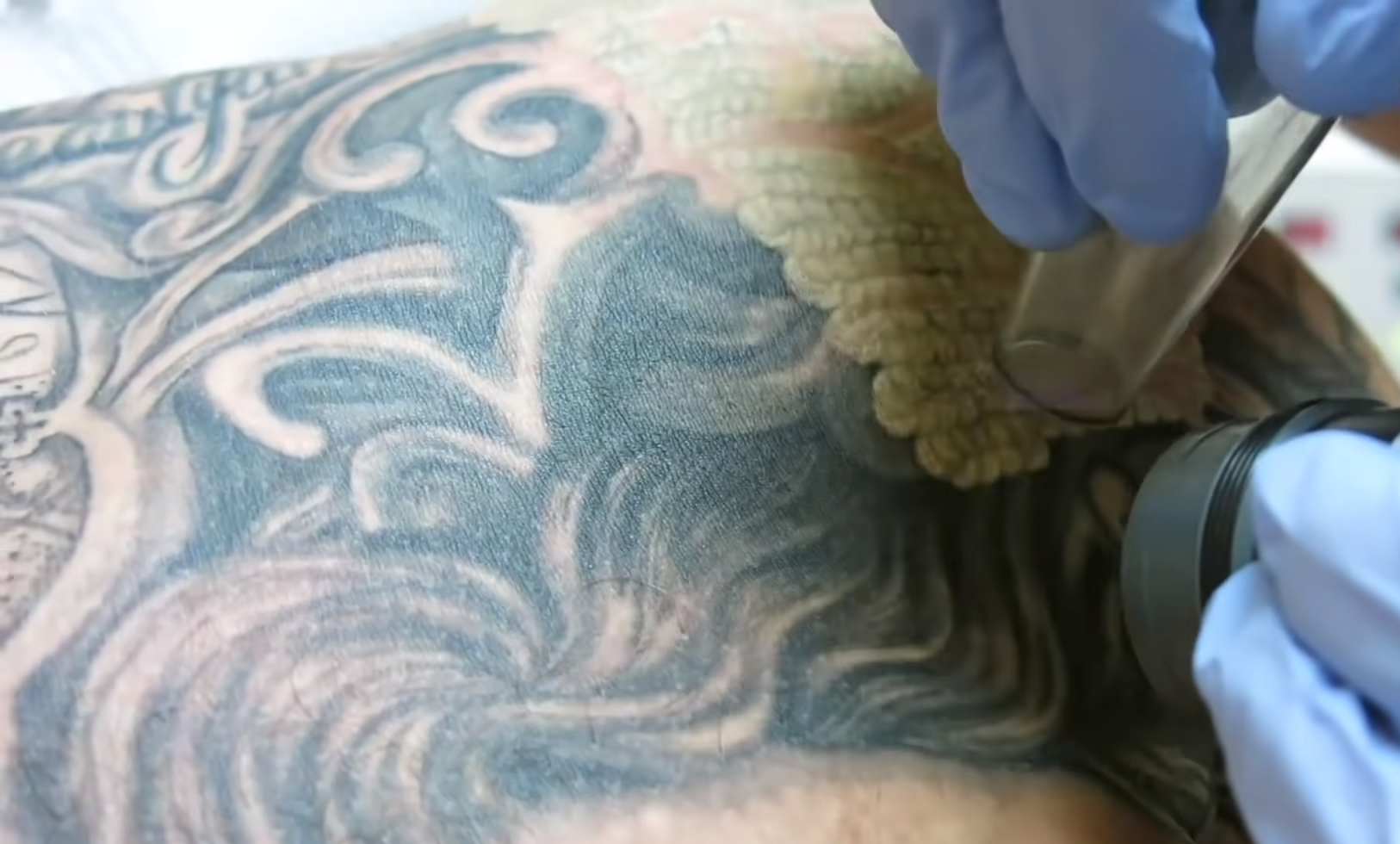
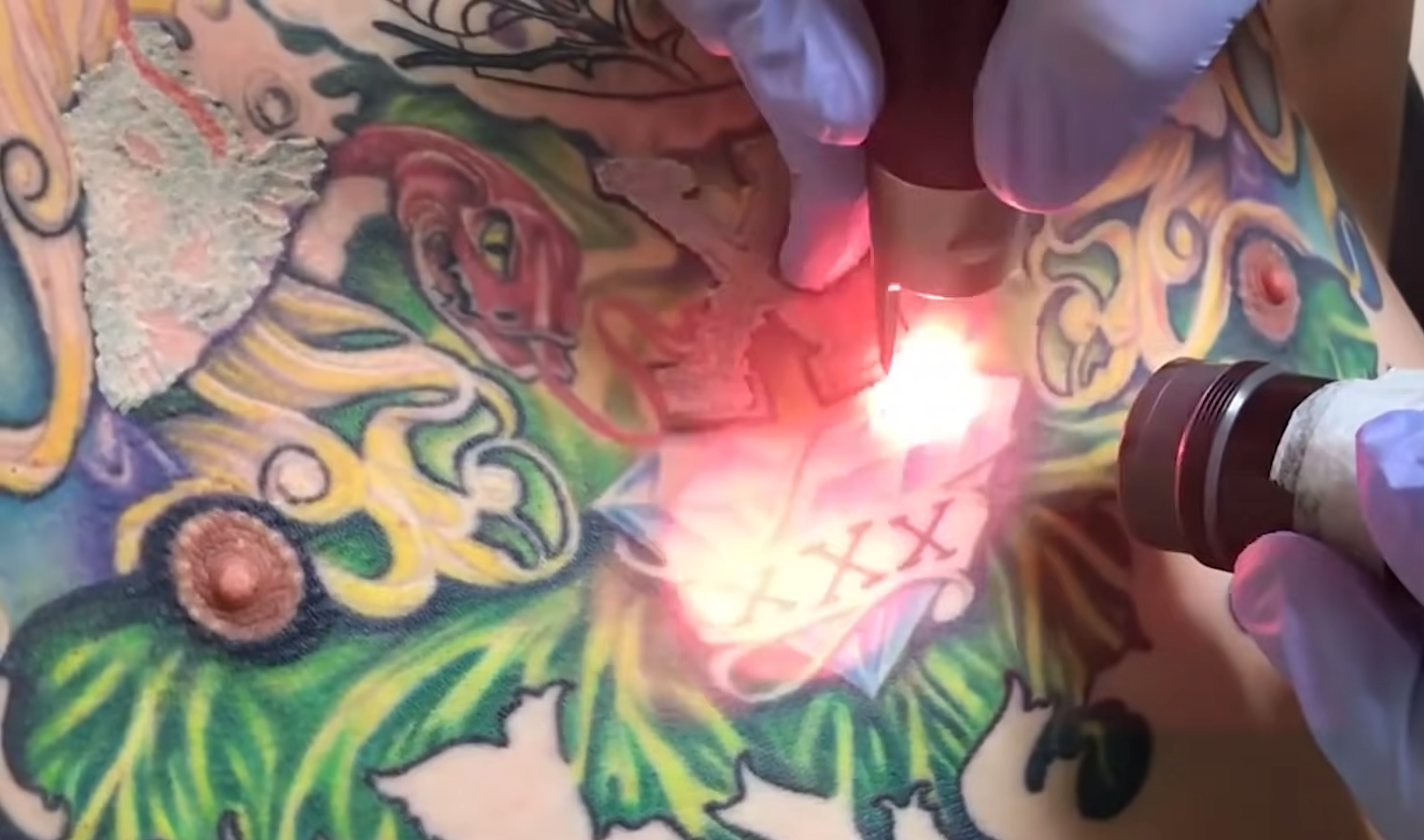
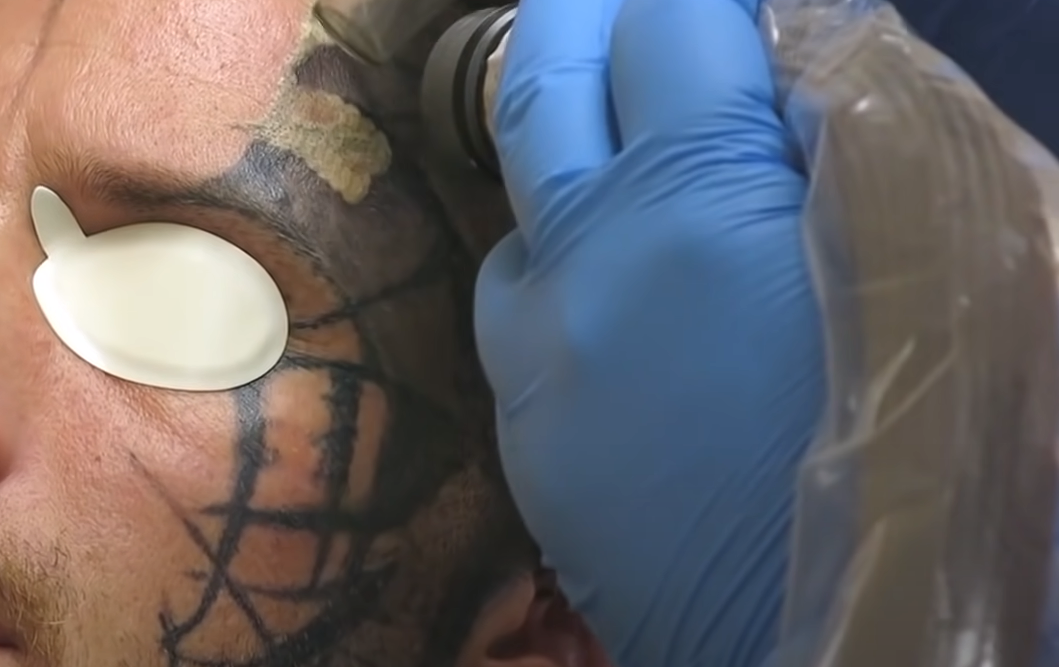

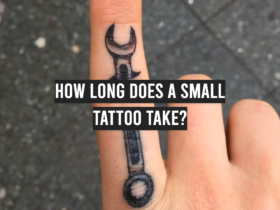


Leave a Review